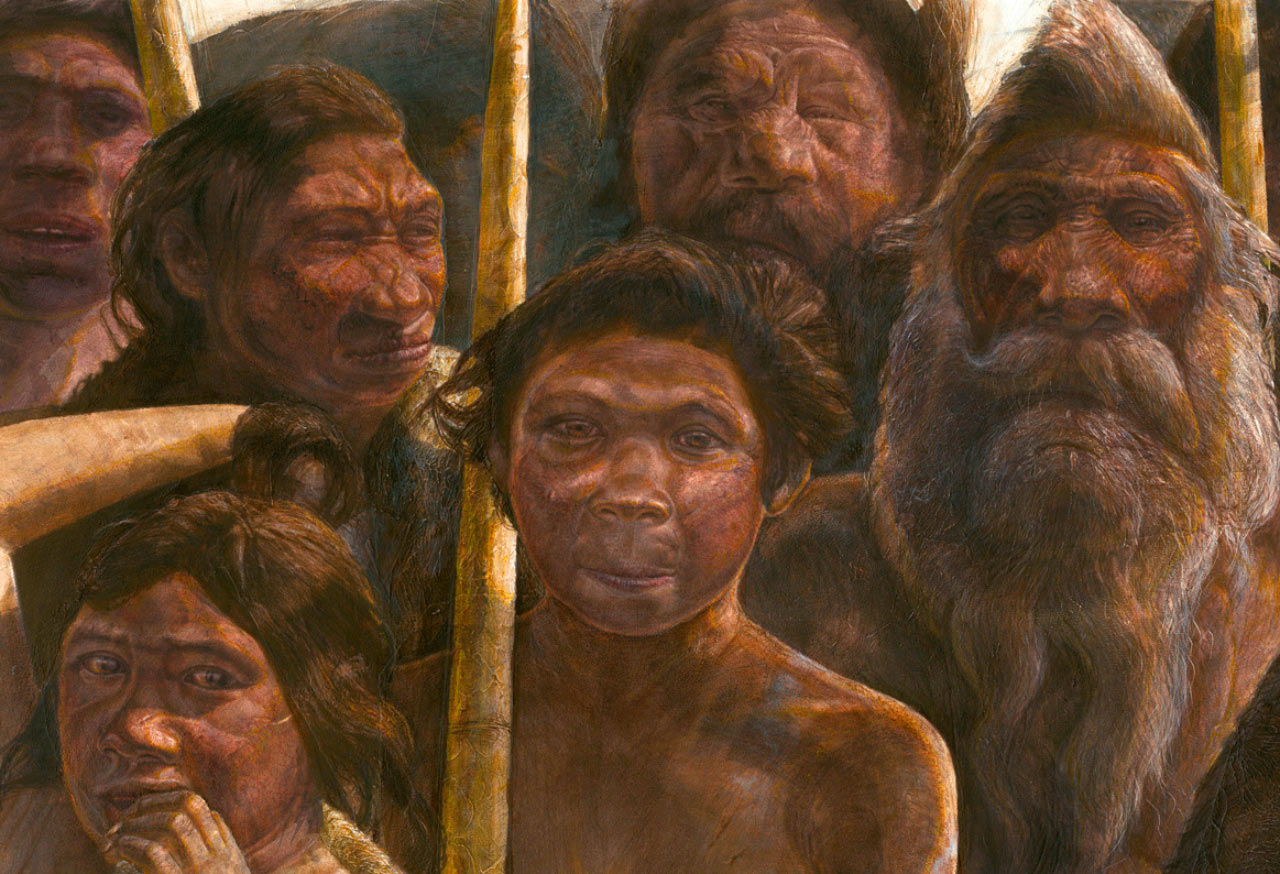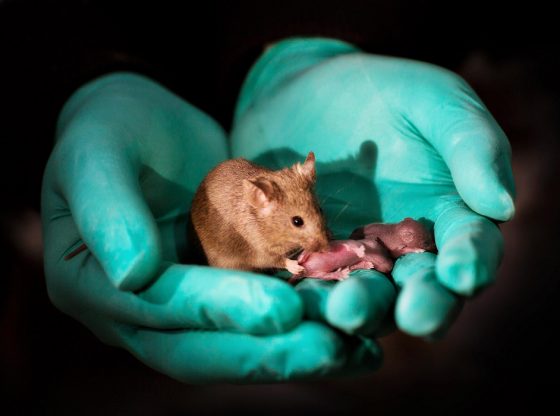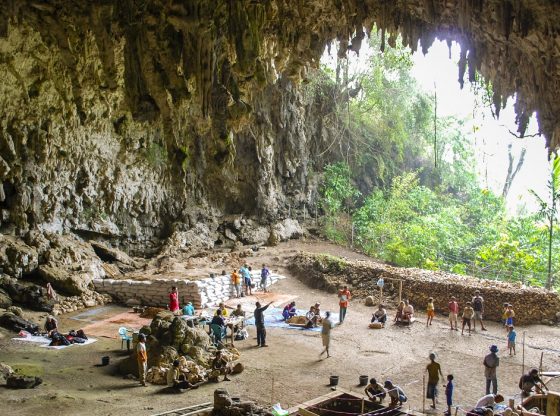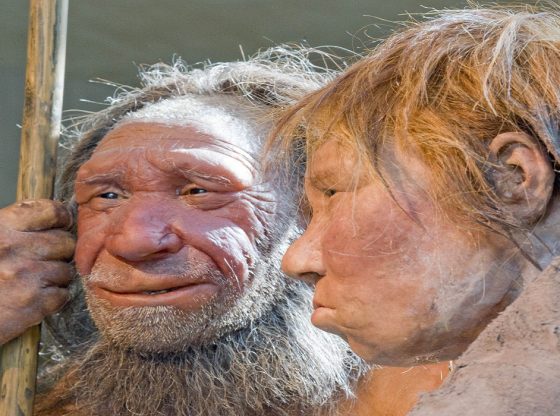
The human species found in the Spanish cave Sima de Los Huesos now turns out to be an early forerunner of Neanderthals.
It is truly an amazing feat for the researchers who have been able to sequence DNA from fossils in Spain that are about 300,000 to 400,000 years old.
Scientists have previously analyzed the mitochondrial DNA of these early human relatives. But they have remained elusive as it has been uncertain how they are to be placed in the tree of human evolution and establish their relationship to ourselves and other early human relatives.
The mitochondrial study indicated that they did not resemble that of a Neandertal. Instead, they appeared more closely matched to the mtDNA of a Denisovan, an extinct human discovered when its DNA was sequenced from a finger bone found in the Denisova Cave in Siberia.
Clearly Neanderthal
The nuclear DNA now analyzed is the oldest ever sequenced from a member of the human family and the results may push back the date for the origins of the distinct ancestors of Neandertals and modern humans, Homo Sapiens.
Svante Pääbo at the Max Planck Institute in Leipzig and who was involved in the study, conclude that they are clearly on the Neanderthal line. This group is usually considered as Homo Heidelbergensis, which many believe could be the precursor to both modern humans and Neanderthals and also to Denisovan human in Asia. But this new analysis shows that at least 430,000 years ago, the human forms that lived in Europe were already clearly of the Neanderthals line.
The analyzed two Sima fossils shared far more nucleotides at the same address in the genome with Neandertals than Denisovans or modern humans. As the Sima de Los Huesos specimens are early Neandertals or related to early Neandertals this suggests that the split of Denisovans and Neandertals should be moved back in time.
Matthias Meyer of the Max Planck Institute suggests that the ancestors of Homo Sapiens may have diverged from the branch leading to Neandertals and Denisovans as early as 550,000 to 765,000 years ago.
A Breakthrough
The age of the analyzed DNA is by itself a breakthrough. That scientist using ever more advanced methods now are able to go back 430,000 years ago. It is almost five to ten times longer than the Neandertals studied to date. It is truly fascinating that we are now able to go back several hundred thousand years.
The study Nuclear DNA sequences from the Middle Pleistocene Sima de los Huesos hominins has been published in the scientific journal Nature.
______________
Nuclear DNA sequences from the Middle Pleistocene Sima de los Huesos hominins
____________________________






















